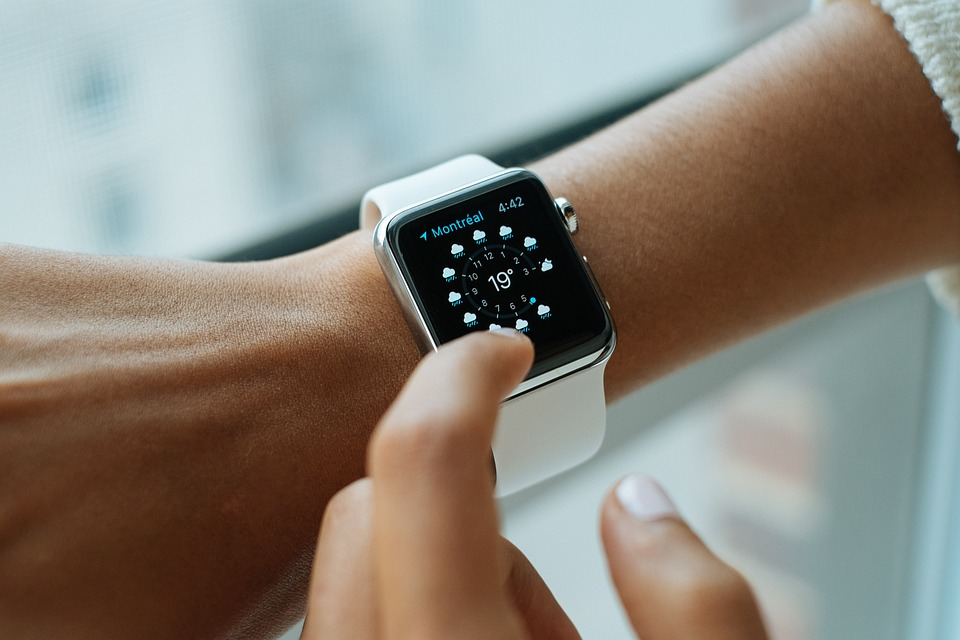Researchers at Cornell University, New York, have created a first-of-its-kind bracelet that tracks the posture of the entire body in three dimensions using a tiny camera and a specially designed deep neural network.
“The first wearable to track a whole body position with only one camera is BodyTrak. BodyTrak has the potential to revolutionize the way users monitor their body mechanics during physical activities where accuracy is crucial “said senior author of the study Cheng Zhang, an Assistant Professor Of Information Science.
What Is BodyTrak?
Because smartwatches already have cameras, Zhang claimed that technology like BodyTrak could recognize the user’s stance and provide real-time feedback. BodyTrak is a wristwatch that can track the body’s posture in 3d using a tiny camera.
BodyTrak is the most recent body-sensing technology by SciFiLab, a group that has previously created and employed comparable deep-learning models to track hand and finger motions, facial expressions, and even silent-speech comprehension. It is located in the Cornell Ann S. Bowers College of Computing and Information Science.
How Does BodyTrak Work?
BodyTrak’s secret lies not just in the tiny camera on the wrist but also in the specially designed deep neural network that powers it. This deep neural network interprets the camera’s crude “silhouettes” of the user’s body in motion and realistically recreates 14 body postures in 3D and in real time. Deep neural networks are a type of AI that teach computers to learn from mistakes.
“According to our research, body sensing does not require that our body frames be entirely visible to the camera,” said Hyunchul Lim, A doctoral student, and the paper’s lead author. If we can capture even a little portion of our anatomy, we can infer a lot of information from that to recreate the entire body. “It is a valid worry when developing these technologies to maintain privacy for onlookers around someone wearing such a sensor gadget,” Zhang and Lim stated.
They said BodyTrak mitigates privacy concerns for bystanders since the camera is pointed toward the user’s body and collects only partial body images of the user. They also recognize that today’s smartwatches don’t yet have small or powerful enough cameras and adequate battery life to integrate full-body sensing but in the future.
The study was published in the journal Association for Computing Machinery.
To ‘science-up’ your social media feed, follow us on Facebook, Twitter, or Instagram!
Follow us on Medium!




